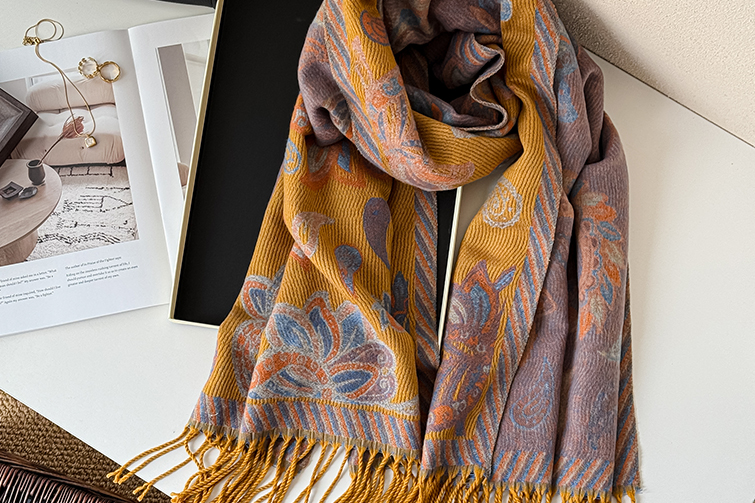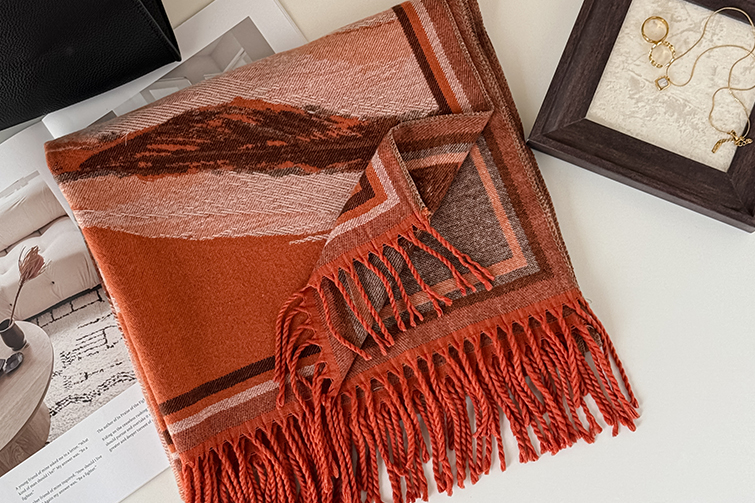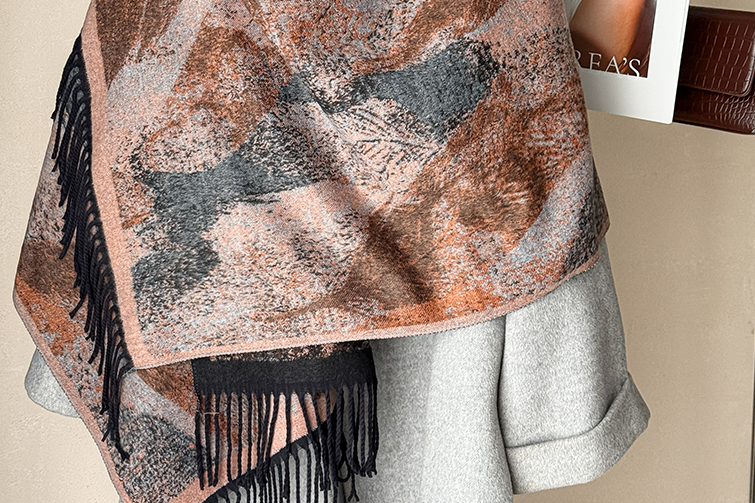

Winter Scarf Materials: A Guide to Staying Warm and Stylish
Scarves are more than just fashion accessories during the winter—they're essential pieces that keep you warm while adding personality to your outfit. One of the most important factors when choosing a winter scarf is the material. Different materials offer varying levels of warmth, comfort, and style. Here's a breakdown of the most common scarf materials for winter, along with their benefits and ideal uses.
1. Wool
Warmth Level
Texture: Thick, cozy, sometimes slightly coarse
Wool is one of the most popular and reliable materials for winter scarves. It’s known for its excellent insulation, breathability, and moisture-wicking properties. Wool scarves come in various weaves and thicknesses, making them versatile for both everyday wear and formal occasions.
- Pros: Very warm, durable, natural fiber
- Cons: Can feel itchy for sensitive skin unless blended or finely processed
Best for: Cold climates, outdoor activities, layering over heavy coats
2. Cashmere
Warmth Level
Texture: Ultra-soft, lightweight, luxurious
Cashmere is a premium fiber made from the undercoat of cashmere goats. It’s softer and lighter than regular wool but still offers substantial warmth. Cashmere scarves are often used for more elegant, refined looks.
- Pros: Exceptionally soft, lightweight, stylish
- Cons: More expensive, requires gentle care
Best for: Business attire, formal outings, special occasions
3. Acrylic
Warmth Level
Texture: Soft, smooth, lightweight
Acrylic is a synthetic alternative to wool. It mimics the texture of natural fibers but is usually lighter and less expensive. Acrylic scarves are a good option for those who want variety in colors and patterns without a high price tag.
- Pros: Affordable, easy to clean, non-allergenic
- Cons: Less breathable, not as warm as natural fibers
Best for: Budget-friendly fashion, mild winters, easy care
4. Fleece
Warmth Level
Texture: Plush, soft, smooth to the touch
Fleece is a synthetic fabric made from polyester. It’s extremely soft and warm, often used in sporty or casual scarf styles. It’s also quick-drying and retains heat well, making it ideal for outdoor use.
- Pros: Very soft, warm, moisture-resistant
- Cons: Not very breathable, can pill over time
Best for: Outdoor activities, kids, extreme cold
5. Knitted Yarn (Blends)
Warmth Level
Texture: Chunky, textured, cozy
Many winter scarves are made from chunky knit yarns, which can be a blend of wool, acrylic, or cotton. Knitted scarves are visually appealing and provide a handmade feel that’s perfect for casual wear.
- Pros: Trendy, warm, cozy look
- Cons: Can stretch or lose shape with time
Best for: Casual styles, layering, statement looks
6. Alpaca
Warmth Level
Texture: Silky, soft, and hypoallergenic
Alpaca wool is warmer and lighter than sheep wool. It’s extremely soft and ideal for people with wool allergies. Alpaca scarves feel luxurious and are often used in high-end winter accessories.
- Pros: Very warm, soft, and hypoallergenic
- Cons: Expensive, less common
Best for: Luxury winterwear, sensitive skin, elegant outfits
Final Thoughts
Choosing the right scarf material depends on your climate, budget, style, and comfort preferences. If you're in a freezing environment, opt for wool or fleece. For a more stylish and upscale look, cashmere or alpaca is ideal. And if you're looking for affordability and ease of care, acrylic and blends are practical options.
A well-chosen scarf not only protects you from the cold but also completes your winter wardrobe beautifully.





